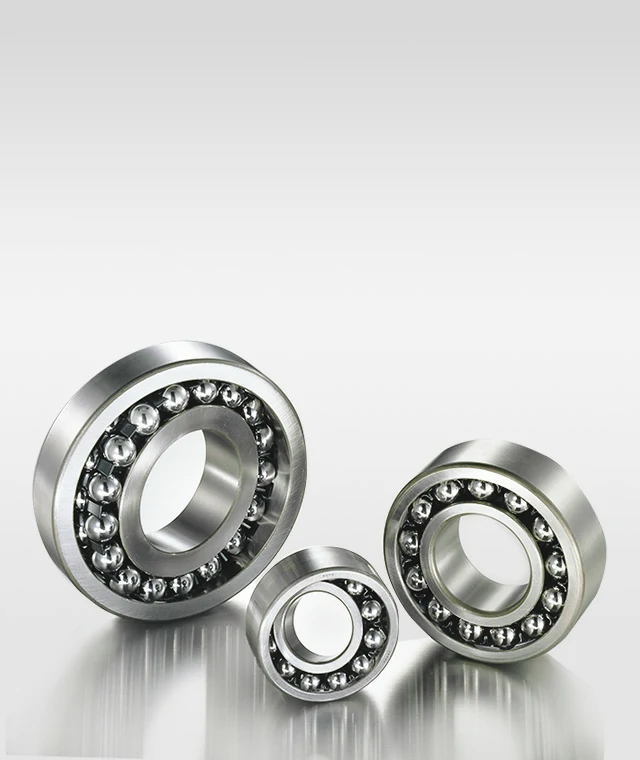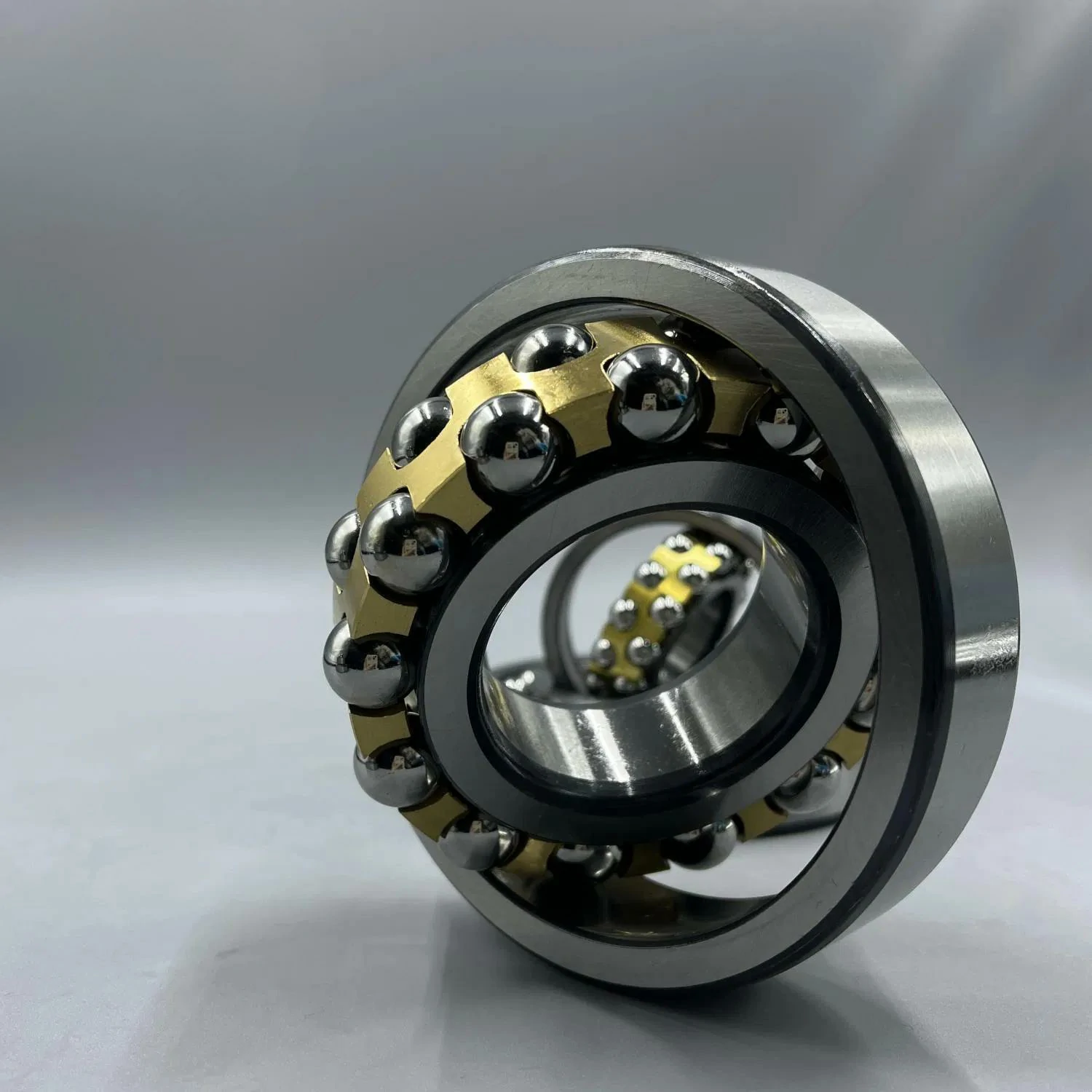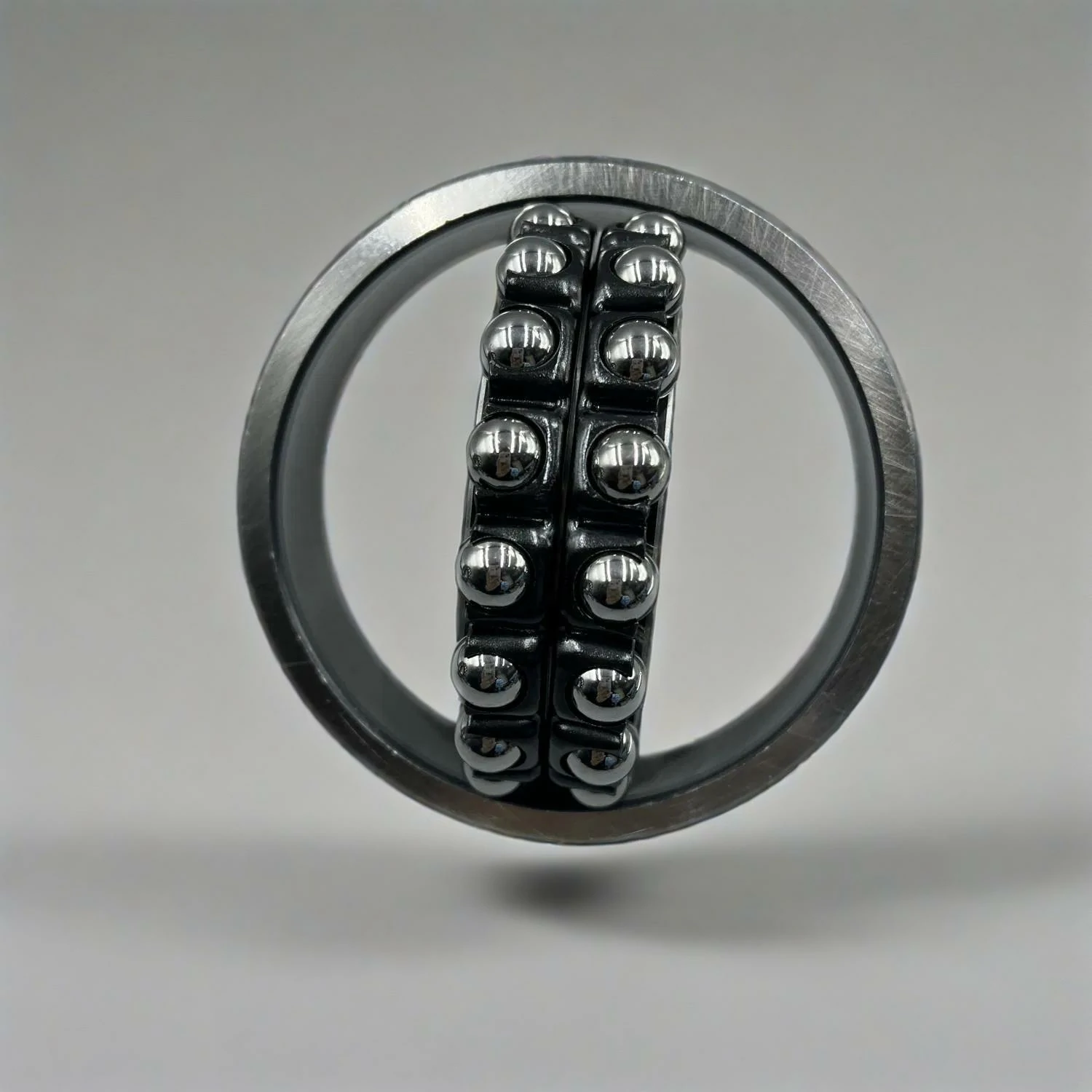Łożyska kulkowe wahliwe z otworem stożkowym
Opis
Samonastawne łożysko kulkowe z otworem stożkowym to łożysko toczne ze stożkowym otworem w pierścieniu wewnętrznym i sferyczną bieżnią w pierścieniu zewnętrznym. Może ono automatycznie kompensować odchylenie kątowe między wałem a gniazdem łożyska, zapewniając płynną pracę.
Zastosowanie
Maszyny przemysłowe: maszyny włókiennicze, urządzenia papiernicze
Maszyny rolnicze: kombajn zbożowy
System przenośników: przenośnik taśmowy, przenośnik rolkowy
Maszyny inżynieryjne: miksery, urządzenia podnoszące
Ciężki sprzęt: energia wiatrowa, maszyny górnicze
Zalety
Automatyczne samonastawne, dostosowujące się do błędów instalacji
Wysoka nośność promieniowa
Łatwa instalacja i konserwacja
Niskie tarcie, oszczędność energii i wysoka wydajność
Przegląd łożysk kulkowych wahliwych z otworem stożkowym
Otwór stożkowy łożyska kulkowe wahliwe to unikalne łożyska toczne z otworem stożkowym na pierścieniu wewnętrznym i profilem sferycznym na bieżni pierścienia zewnętrznego. Taka konstrukcja umożliwia automatyczną funkcję korekcji, która może skutecznie kompensować odchylenie centrowania między wałem a gniazdem łożyska. Stożkowa konstrukcja otworu jest zwykle dostosowana do stożkowych szyjek wału i może być również dopasowana do tulei zaciskowej na gładkim wale.
Główne zalety
Funkcja automatycznego centrowania Może dostosować się do odchyleń instalacji lub przesunięć środka osi podczas pracy.
Wysoka nośność Charakteryzuje się doskonałą nośnością promieniową przy jednoczesnym dostosowaniu do średnich sił osiowych.
Łatwy montaż Stożkowa konstrukcja otworu upraszcza proces montażu, demontażu i regulacji luzu.
Wydajna praca Niskie tarcie zapewnia płynną pracę i zmniejsza zużycie energii.
Popularne marki
Łożyska kulkowe wahliwe z otworem stożkowym SKF
Łożyska kulkowe wahliwe z otworem stożkowym NSK
Łożyska kulkowe wahliwe z otworem stożkowym KOYO
Łożyska kulkowe wahliwe z otworem stożkowym FAG
Łożyska kulkowe wahliwe z otworem stożkowym NACHI
Łożyska kulkowe wahliwe z otworem stożkowym NTN
Łożyska kulkowe wahliwe z otworem stożkowym INA
Łożyska kulkowe wahliwe z otworem stożkowym TIMKEN
Typowe obszary zastosowań
Łożysko to nadaje się do urządzeń, które wymagają wydajnego obrotu i regulacji kąta, głównie w następujących scenariuszach
Obszar przemysłowy
Sprzęt tekstylny, taki jak przędzarki, urządzenia do szycia i inne maszyny pracujące w trybie ciągłym.
Sprzęt do produkcji papieru przystosowany do pracy w warunkach wysokiej wilgotności i dużego obciążenia.
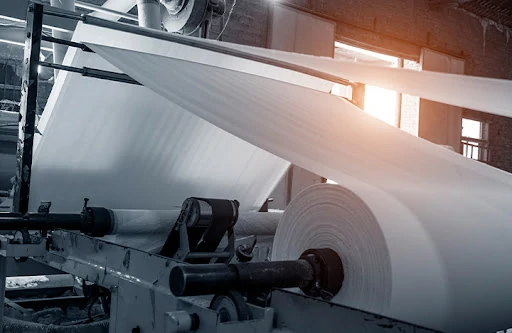
Pole uprawne
Kombajny zbożowe i inne maszyny rolnicze, które muszą dostosować się do złożonego terenu.
Logistyczny system transportowy
Przenośniki Beltroller i inne urządzenia podatne na wibracje i wstrząsy.
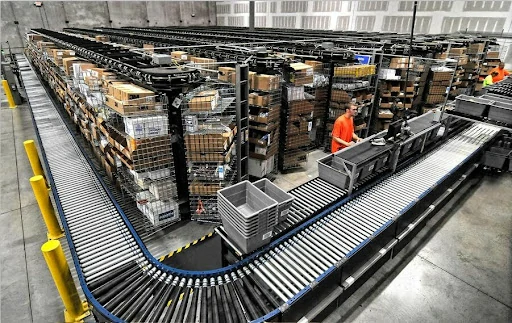
Maszyny inżynieryjne
Betoniarki, sprzęt do podnoszenia itp.
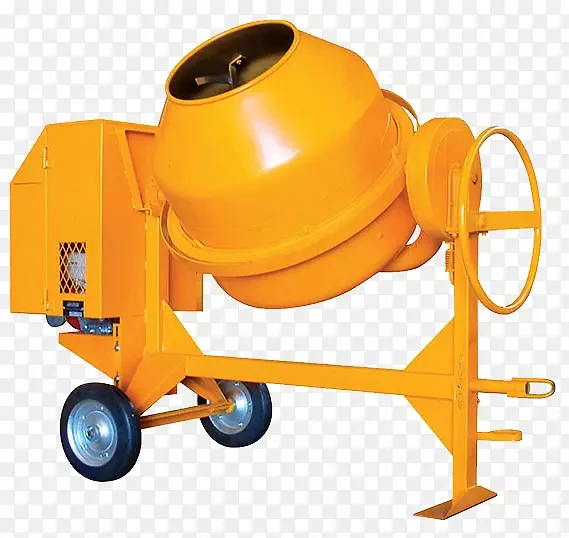
Inny ciężki sprzęt
Urządzenia wiatrowe, maszyny górnicze i inne, które wymagają wysokiej trwałości i samonastawności.
FAQ
1. Do jakiego rodzaju wału nadaje się łożysko z otworem stożkowym?
Może być bezpośrednio dopasowany do wału stożkowego lub zainstalowany na gładkim wale za pomocą ciasnej tulei i ma szeroki zakres zastosowań.
2. Jaka jest różnica między łożyskami z otworem stożkowym a łożyskami z otworem cylindrycznym?
Typ z otworem stożkowym jest łatwy w instalacji i precyzyjnej regulacji osiowej, a typ z otworem cylindrycznym jest tańszy i odpowiedni do standardowych potrzeb.
3. Jakie są kryteria wymiany łożysk?
Wymiana jest wymagana w przypadku wystąpienia nienormalnego hałasu, uszkodzenia powierzchni (pęknięcia), nienormalnego wzrostu temperatury lub awarii smarowania.
4. Środki ostrożności dotyczące instalacji
Używaj profesjonalnych narzędzi (takich jak nagrzewnice), aby uniknąć uszkodzeń.
Upewnij się, że tolerancje wymiarowe wału i gniazda łożyska są zgodne.
5. Typowe awarie i środki zapobiegawcze
Głównymi przyczynami są przegrzanie, słabe smarowanie lub niewłaściwy montaż, dlatego wymagana jest regularna konserwacja, znormalizowana instalacja i monitorowanie stanu pracy w czasie rzeczywistym.
Wnioski
Samonastawny otwór stożkowy łożyska kulkowe są idealne do sprzętu przemysłowego, rolniczego i budowlanego ze względu na ich adaptacyjne właściwości samonastawne i wygodny montaż. Prawidłowa instalacja i regularna konserwacja mogą znacznie wydłużyć ich żywotność i zapewnić stabilną pracę sprzętu.

